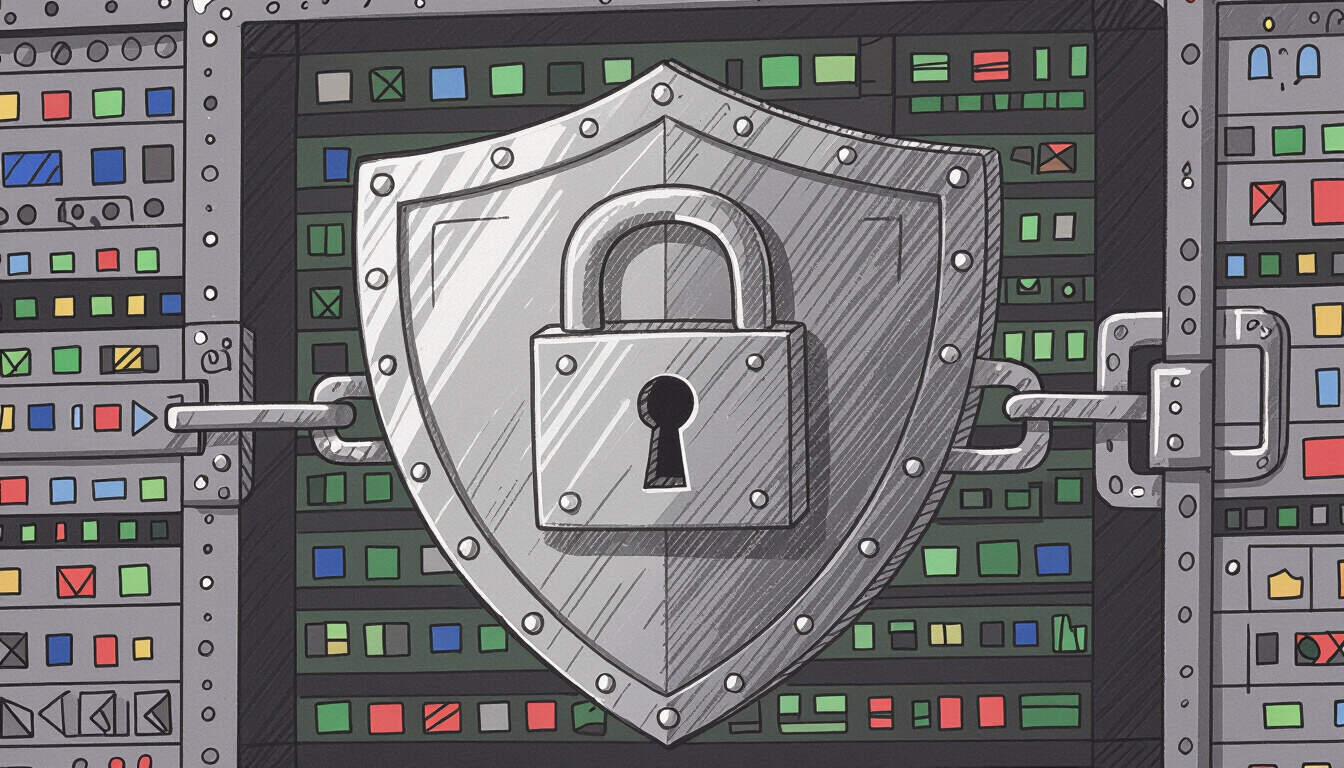Managing SSL Certificates in Solo SaaS Projects
 by Verner Mayer
by Verner Mayer
SSL certificates are essential for securing data in solo SaaS applications. This article covers key steps for obtaining, installing, and maintaining them, with practical examples to help developers ensure reliable protection for their services.

SSL certificates play a vital role in protecting data for solo SaaS developers. These digital tools encrypt information between users and servers, making them a key element in building trust.
In the context of solo SaaS, proper management of these certificates helps prevent breaches and ensures smooth operations. For instance, a developer working on a subscription-based app might face downtime if certificates expire unnoticed.
Why Focus on SSL certificates?
One major benefit is the establishment of secure connections. Without them, data sent over the internet could be exposed. Many solo entrepreneurs overlook this aspect early on, leading to potential vulnerabilities. Real-world scenarios show that even small projects can attract threats, so early implementation is wise.
Consider a case where a developer launches a simple tool for task management. If HTTPS isn't set up, users might hesitate to input sensitive details. This highlights how certificates contribute to user confidence and regulatory compliance.
Steps to Obtain an SSL Certificate
First, developers should choose a provider. Options include free services that automate the process. For example, using a popular open-source tool allows quick generation without complex setups.
Here’s a basic guide:
- Verify domain ownership through simple checks like email confirmation or DNS records.
- Generate a certificate signing request (CSR) on your server.
- Submit the CSR to the provider and wait for validation.
- Download and install the issued certificate.
This approach works well for budget-conscious solo projects. In practice, a developer might complete this in under an hour, freeing up time for other features.
Installation Process
Once obtained, installation varies by server environment. For those using cloud platforms, updates often involve a few commands.
For Apache servers, place the certificate files in the right directory and edit configuration files to reference them. A typical setup includes:
- Copying the certificate and key files.
- Restarting the server to apply changes.
- Testing the connection to confirm it's active.
In a solo SaaS setup, this step ensures all traffic uses encrypted channels. Developers have shared that regular testing catches issues before they affect users.
Renewal and Ongoing Maintenance
Certificates don't last forever; most expire after a set period. Regular checks are necessary to avoid service interruptions.
Set up automated reminders or scripts to handle renewals. For example, integrate tools that renew certificates automatically every few months. This keeps everything current without manual effort.
Maintenance also involves monitoring for changes. If you update your domain or server, verify that the certificate still applies. Over time, this routine becomes second nature for solo developers managing multiple aspects alone.
Security Best Practices
Beyond basics, consider additional layers. Use strong encryption standards and keep software up to date. For instance, enable features that enforce secure protocols only.
In examples from the community, developers recommend combining certificates with other measures like firewalls. This layered defense strengthens overall protection for SaaS applications.
Finally, document your process. Keeping notes on installations and renewals helps in scaling your project or handing it off later.
Practical Examples in Action
Take a solo developer building a analytics platform. They started with a basic certificate and expanded as user numbers grew. By following the steps outlined, they maintained security while focusing on core features.
Another example involves a custom e-commerce tool. The developer automated renewals, which prevented any downtime during peak seasons. These cases show how effective management leads to reliable services.
In summary, handling SSL certificates is straightforward with the right steps. By prioritizing this in your solo SaaS work, you build more secure and dependable applications.
